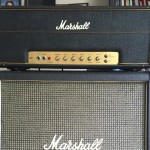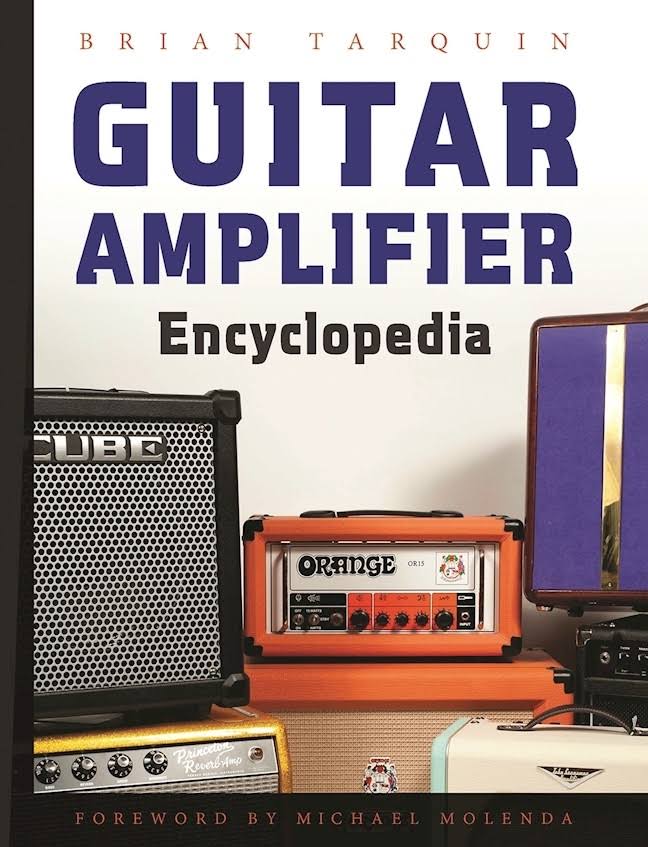 It’s no secret that the editorial staff at LegendaryTones shares a passion about guitar amplifiers. While famous guitarists around the world are mostly known for their association with particular guitars, we feel the amps are the true unsung heroes behind any guitarist’s rig.
It’s no secret that the editorial staff at LegendaryTones shares a passion about guitar amplifiers. While famous guitarists around the world are mostly known for their association with particular guitars, we feel the amps are the true unsung heroes behind any guitarist’s rig.
Read More »
Category Archives: Amplifier Features
Finding Your Distortion Tone (Hint: Mids)
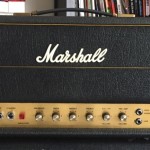 If only things were so easy that we could buy the guitar we felt comfortable with, plug into an amp, maybe add a pedal or two, and then be done. Tone Nirvana. It usually doesn’t happen this way however. The problem is that there are numerous choices for gear and, and even more options for putting together the whole rig, to create an effective system that is optimized. And just how we use the equipment (whether for live use or studio recording) also makes a difference in finding what works for guitarists.
If only things were so easy that we could buy the guitar we felt comfortable with, plug into an amp, maybe add a pedal or two, and then be done. Tone Nirvana. It usually doesn’t happen this way however. The problem is that there are numerous choices for gear and, and even more options for putting together the whole rig, to create an effective system that is optimized. And just how we use the equipment (whether for live use or studio recording) also makes a difference in finding what works for guitarists.
We recently wrote about the challenges with the Internet and its opinions. You can find as many people who will love or hate any particular piece of gear. This can become frustrating when trying to dial in a tone you’re interested in capturing.
Read More »
Marshall 1976 JMP Model 2203 Master Volume Rebuild Project
When people most often think of vintage Marshalls, the most highly regarded are the non-master volume series including the model 1959 100 watt head produced in the late 1960’s and early 1970’s. It’s hard to argue against the amp that Hendrix, Page, Van Halen, Clapton and many others used.
And while I would agree that they are incredible amps, the REAL game changer in my mind for Marshall was when the company introduced its master volume series of amps in 1976. The models 2203 (100 watts) and 2204 (50 watts) heads became instant hits, and quickly began to outsell the non-master volume versions by the late 70’s. Why? Well, they sounded great at more reasonable volumes which essentially made them more practical for guitarists who couldn’t always play at full volume and crank up a non-master volume Marshall inside a concert arena.
Read More »
The Legend of the Soldano Super Lead Overdrive
 Michael Soldano had no intentions of becoming a guitar amp maker. Prior to the launch of the first Soldano Super Lead Overdrive (SLO), he dreamed of rock stardom and not amp building. But it was during these early days while he was on his tone quest that he realized he wasn’t fully satisfied with the amplifiers that were available at the time.
Michael Soldano had no intentions of becoming a guitar amp maker. Prior to the launch of the first Soldano Super Lead Overdrive (SLO), he dreamed of rock stardom and not amp building. But it was during these early days while he was on his tone quest that he realized he wasn’t fully satisfied with the amplifiers that were available at the time.
Read More »
Vintage Jensen Speaker Rebuild Project – Part 2
Two months ago we posted part 1 of our project Jensen speaker rebuild for our 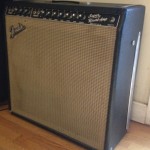 original 1964 pre-CBS Fender Super Reverb. The amp has original transformers and used to sound wonderful – but the original Jensen speakers were in rough shape. The cones had tears, and the magnets on two of the speakers had shifted off-center, causing the voice coils to freeze and no longer produce any sound.
original 1964 pre-CBS Fender Super Reverb. The amp has original transformers and used to sound wonderful – but the original Jensen speakers were in rough shape. The cones had tears, and the magnets on two of the speakers had shifted off-center, causing the voice coils to freeze and no longer produce any sound.
Read More »
Vintage Jensen Speaker Rebuild Project Part 1
At LegendaryTones.com, when we’ve taken on amplifier upgrade projects in the past, 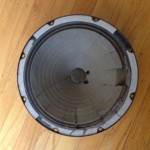 often we have recommended replacing stock factory speakers in the process with new models. This is especially true with Fender reissue amplifiers, as often the reissue models include speakers that do not sound or respond anything like the originals – regardless of the brand name they are badged with.
often we have recommended replacing stock factory speakers in the process with new models. This is especially true with Fender reissue amplifiers, as often the reissue models include speakers that do not sound or respond anything like the originals – regardless of the brand name they are badged with.
Read More »
Marshall JTM-45 Reissue Modification – Part II
In part I of our Marshall JTM-45 transformation process, we installed a point-to-point board from Metropoulos Amplification and began to hear the positive results of our test Marshall as it came to new life.
Now, in Part II of our continued Marshall JTM-45 transformation, we move forward with two additional changes in addition to having the opportunity to compare the final results to an original 1964 badge-logo Marshall JTM-45. The two changes that we decided to perform were to swap out the stock output transformer to a Mercury Magnetics Axiom O45JT-C model as well as to upgrade the board’s capacitors to those made by SoZo Amplification. To say that we were excited as well as just plain curious about the final results, especially when we could now compare it to an original JTM-45— is an understatement.
Read More »
Metropoulos JTM45 Kit Review
"MetroAmp.com is your resource for everything you need for repairing, restoring or modifying your vintage (or not so vintage) Marshall." This is the claim made by George Metropoulos at Metropoulos Amplification. In my case, I was in search of a replica point-to-point circuit board for my Marshall JTM-45 reissue. Did MetroAmp.com deliver? Not only did MetroAmp.com deliver; they gave me the product and information to help complete my quest for a vintage Marshall JTM-45.
Read More »
All About Ohms
Electrical resistance within speakers, amplifiers, as well as all basic electrical connections, is expressed in ohms, named after George Simon Ohm, a German physicist. While we needn’t go into the background of him and his achievements, or even the heavy details about resistance, ohms, or impedance, this is an area that is often confusing to people. The following is a primer all about ohms and how it relates to speakers and amplifiers. My hope is that very simply, any confusion on the topic will be eliminated.
Read More »
100 Watt Marshall Super Lead
The 100 Watt Marshall Super Lead was THE amp that started it all for the greatest rock and roll tones achieved – or I should say, the greatest LOUD rock and roll tones of the 60’s. Yes, the Vox AC 30, Fender Bassman, and even the Marshall JTM 45 came well before Marshall’s famous 100-watter, but it was the Super Lead that upped the ante for high-powered rock performances and really is the standard by which all rock guitar tone is judged. With generations of guitar greats such as Jimi Hendrix, Jimmy Page, Edward Van Halen, and countless others all using the Super Lead with stacks of 4 x 12 cabinets, there is no wonder why this amplifier is legendary; especially the very earliest models, known as the "plexi" heads.
Read More »
